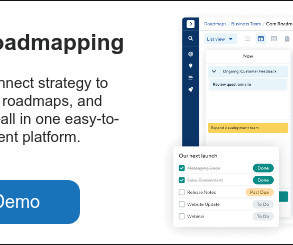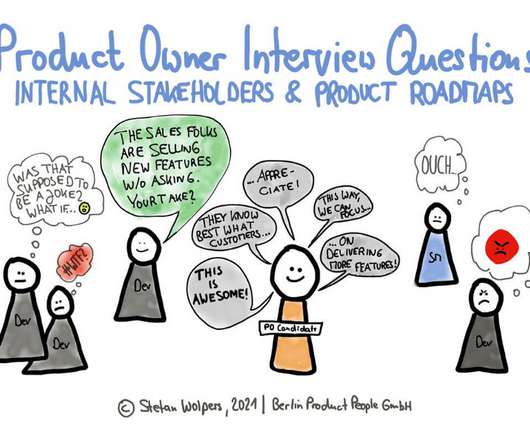How Product Organizations Can Balance Big Bets Versus Short-Term Wins
ProductPlan
AUGUST 10, 2023
Meanwhile, the slow, steady drumbeat of cautious experimentation and incremental enhancements always makes the product better. It’s not sexy and won’t land the leadership team any TED Talks. Idea management Since your business worries about the short-term and the big picture, there are more ideas than ever to consider.















Let's personalize your content